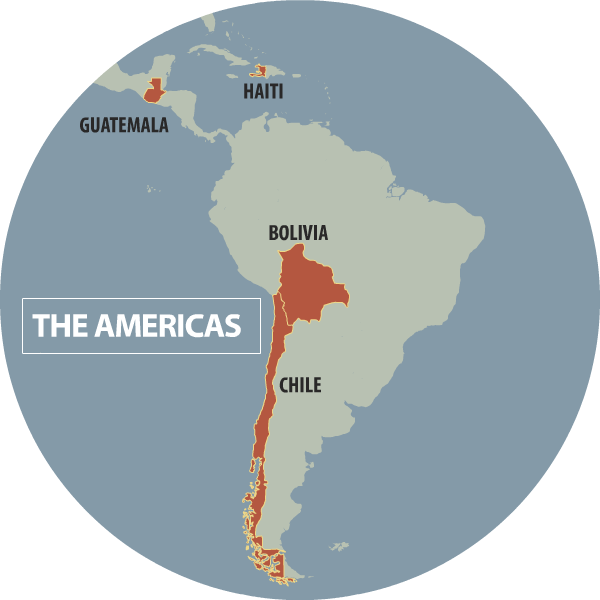GUATEMALA
1944: A weeks-long, paralyzing general strike by "October Revolutionaries" - military officers, students, and professionals - helped push out a military dictator. A period of democratic reform -"The 10 Years of Spring" - ended with a military coup in 1954.
Results: Mixed
BOLIVIA
1952: A three-day armed civilian uprising installed a new government, launching the "Bolivian Revolution" of reforms, including universal suffrage and multiparty democracy, until a military coup in 1964.
Results: Mixed
HAITI
1986: Economic collapse and three months of popular uprisings and attacks on food warehouses forced President-for-life Jean-Claude "Baby Doc" Duvalier into exile. A 25-year period of democratic electoral exercises - punctuated by coups, mob violence, and corruption - has left the country only partly free, according to Freedom House.
Results: Mixed
CHILE
1988: An era of nonviolent protests from 1983 to 1988 by civic activists and unions forced dictator Augusto Pinochet to call a referendum. The nation voted "no" in October 1988 to another term in office for Mr. Pinochet, and a succession of democratically elected presidents have followed.
Results: Successful





